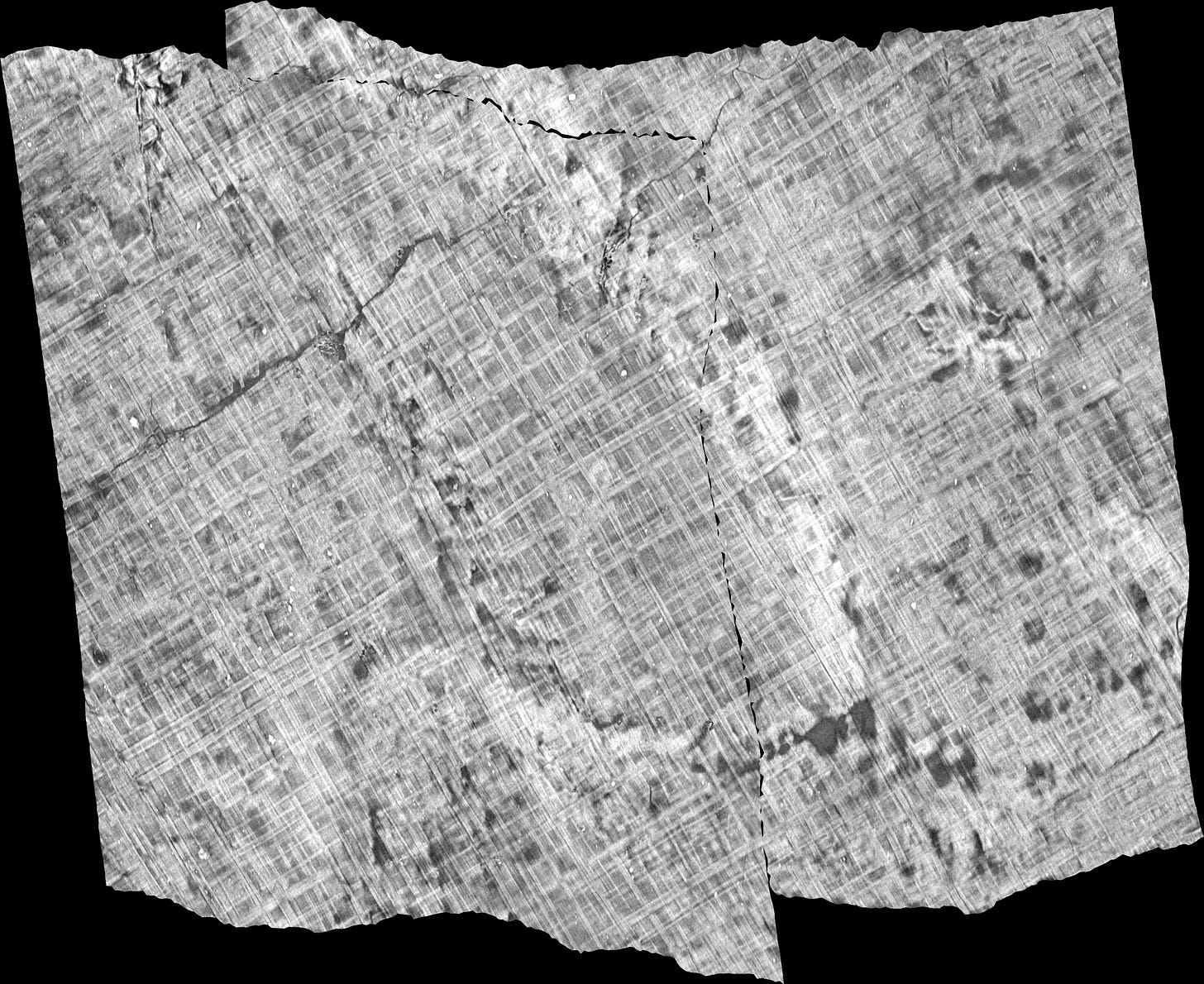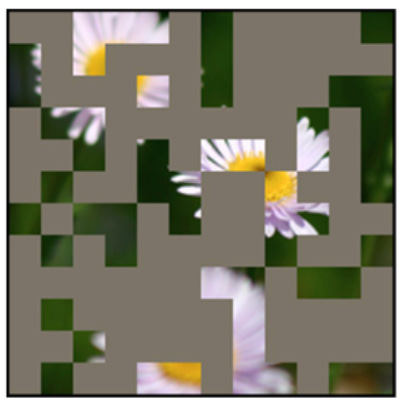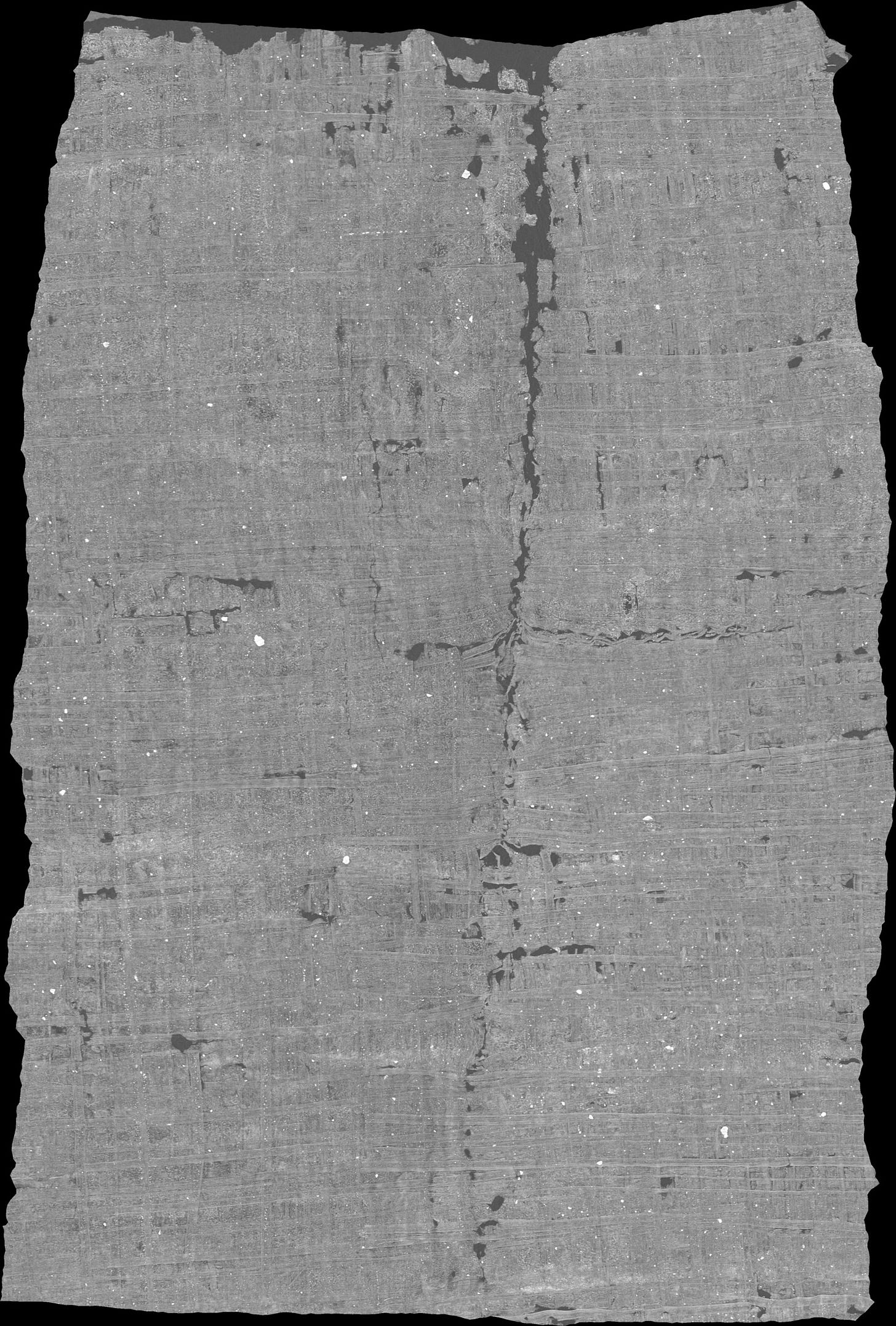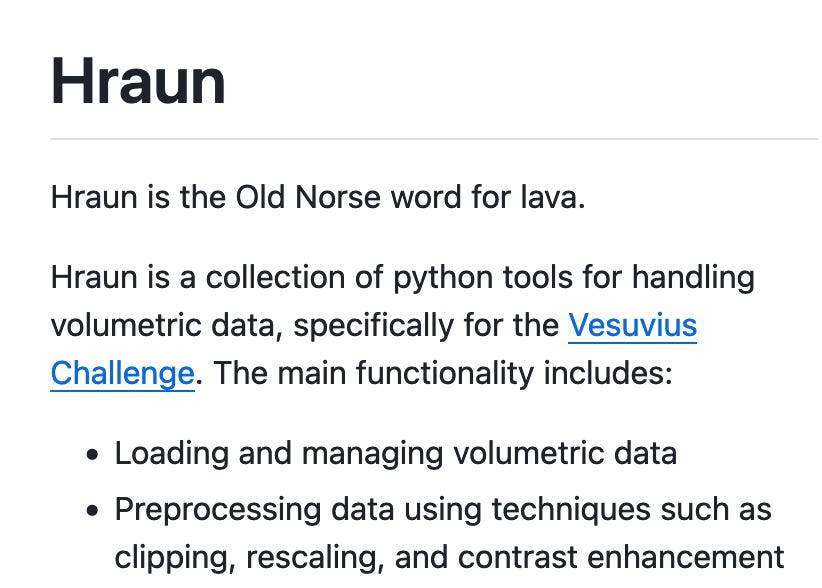It’s been another huge month! Below are the progress prizes awarded for April submissions that are getting us closer to reading entire scrolls this year. If you are competing for the $100,000 Grand Prize, $100,000 First Automated Segmentation Prize, or the 3 x $30,000 First Letters Prizes, you will not want to miss some of these advancements that are now available to you (and the competition)!
1 x $20,000 (Gold Aureus)
Ryan Chesler (@emel_ryan) has released a method, weights, and data for 3D (volumetric) ink detection!! This is ink detection performed in the original scroll volume, before/without segmentation.
Segments are used to generate training data, by taking the 2D ink labels from their surfaces and “pushing” them back into the volume. But once these volumetric ink labels are generated, 3D ink detection doesn’t deal with segments, and just operates throughout the volume space.
By performing inference across the entire volume, the model can highlight areas with ink even without segmenting those areas first! All you have to do is look through the 3D ink prediction volume for text. This has resulted in new ink discoveries in Scroll 1 already. Ink prediction volumes are also released for Scrolls 2, 3, and 4! It is early to call how well it performs for those scrolls, but if you are looking for First Letters, this is a good place to start!!
Congratulations Ryan, who is receiving a Gold Aureus award for this work!
4 x $2,500 (Sestertius)
More busy community members back for repeat prizes! Congratulations, all!
Giorgio Angelotti (@Jordi) is back at it again, this time with mesh merging! This script for merging meshes is capable of taking two small, overlapping segments, and generating one merged mesh for both of them. Some work remains to extend this to the larger segments, but this gets us closer to having fewer, larger meshes, for example creating a single mesh to represent the 2023 Grand Prize banner! More info here and here.

Merging segments 20230521113334 and 20230611145109. Look at the way the papyrus fibers align! James Darby (@james_darby) has released preliminary methods for generating 3D (volumetric) segmentation labels using superpixels and our existing segmentations.
Ryan Chesler (@emel_ryan), not content with only one prize this month, also released a model for unsupervised pretraining of scroll data. We have much more unlabeled data than labeled data (for segmentation, ink detection, or any other task), so leveraging the heaps of unlabeled data for more powerful models is a promising approach. More info here!

Example visualization of a pretraining task, from SimMIM. Sean Johnson (@Bruniss) generated more segments from Scrolls 3 and 4. Scroll 3 in particular has been challenging so far so segment, so these are a big boost. Happy ink hunting! More info here.

Segment 20240228135119 from Scroll 3.
5 x $1,000 (Papyrus)
Forrest McDonald (@VerditeLabs) has released a set of Python tools for volumetric data!
Giorgio Angelotti (@Jordi) implemented a web-based UI to compare segmentation point clouds (more info):
James Darby (@james_darby), Ryan Reszetnik, Liamo Pennimpede, and Lucas Nelson released a report exploring some instance segmentation methods:
Santiago Pelufo (@spelufo) developed scripts for splitting meshes into chunks and for meshing point clouds! More info here.
Yao Hsiao (@Yao_Hsiao) made Pipeline Visualize, a tool to visualize the processing steps of ThaumatoAnakalyptor. More discussion here!
Thank you everyone for the amazing contributions that continue to get us closer to our goal!!
ICYMI: Grand Prize tech talk livestream
The members of the 2023 Grand Prize winning team hosted a livestream in which they talked through their technical approach, and the recording is now up:
Stay tuned as the journey continues in May!








